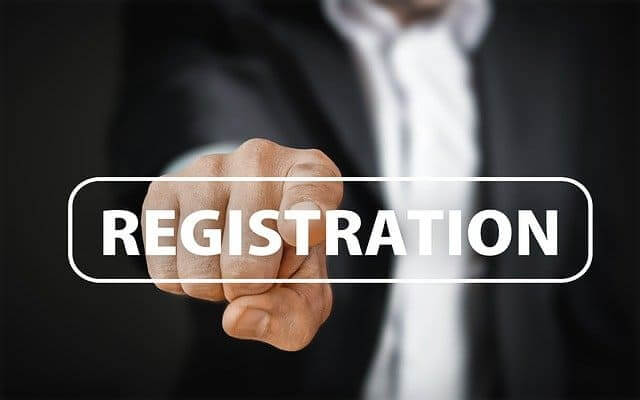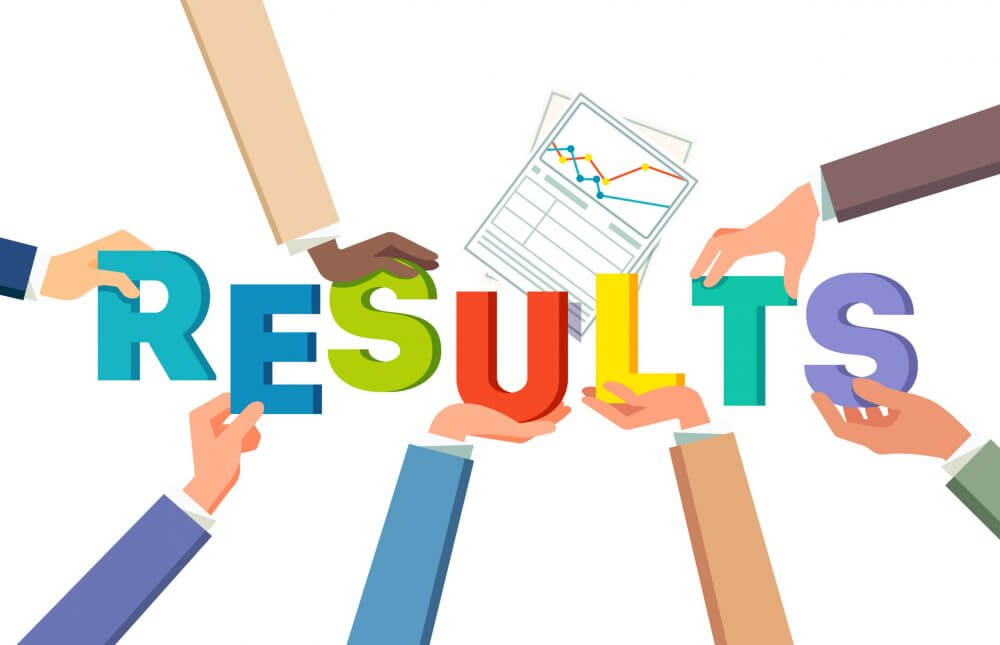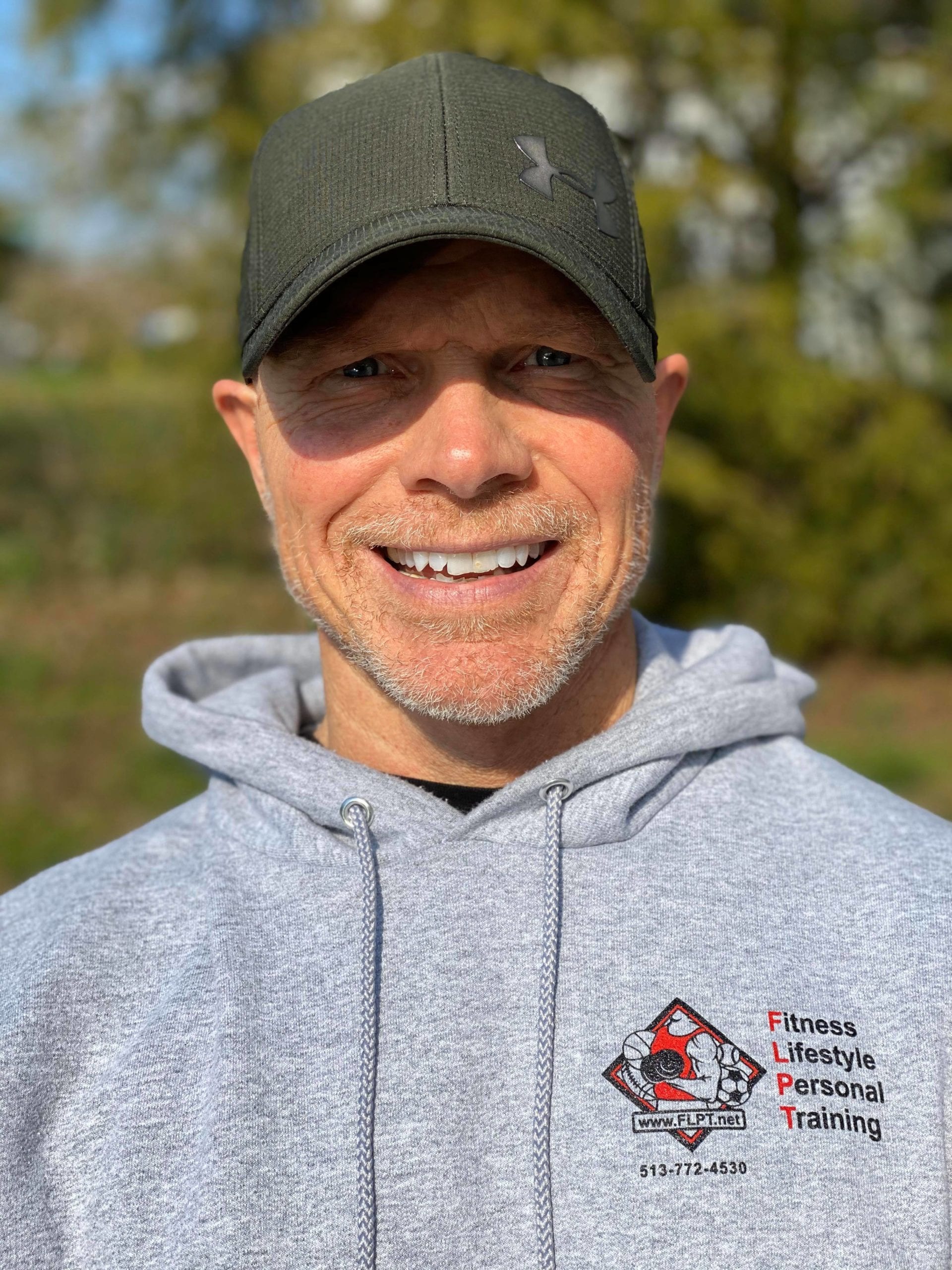The 2025 countdown is on and I’m giving you a Year-End Goal Checklist to help you finish strong!
There have been countless memes on social media this year joking about how unpredictable 2025 has been and guessing what could possibly happen next. You have probably seen them. But here is what I want to know.
How do you want to finish out this year?
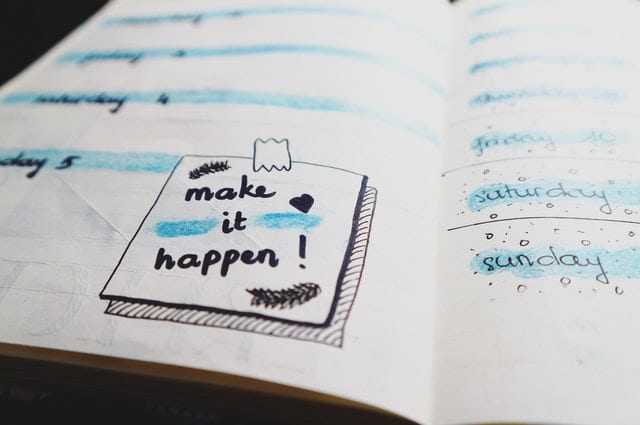
Do you want to stay passive, braced for the next unexpected thing? Or do you want to take back as much control as possible and make real progress toward what matters to you?
It is your choice.
As you might guess, I am not about to write off 2025 just yet. There are still two full months left in the year, which is plenty of time to make visible progress. Think about what you want to look back on when December ends. What would make you feel proud?
You still have time.
You can accomplish incredible things between now and the end of the year. Imagine the possibilities. You could build consistency in your workouts, clean up your nutrition to feel energized again, launch a project that has been on the back burner, or finally organize that space in your home or business that has been bothering you.
You simply need to decide how you want to finish the year. Every single decision you make from now until the end of December is shaping your future.
Harry S. Truman once said, “Imperfect action is better than perfect inaction.”
So let’s finish this year with purpose. Here is a simple year-end goal checklist to help you make the most of the time left in 2025.
Table of Contents
Year-End Goal Checklist- Step 1: Choose One Main Priority
Start by deciding on one clear goal. Not five or ten, just one. What is the single thing that would make you proud to accomplish before the year ends? Maybe it is finally creating a consistent fitness routine, organizing your finances, or improving your daily energy and focus. A single clear goal gives direction and eliminates overwhelm.
Year-End Goal Checklist – Step 2: Break the Goal into Weekly Focus Areas
With about eight weeks left in the year, you can make steady progress by focusing on one small improvement each week. Write down what success looks like for each week. For example, Week One might focus on cleaning up your pantry and planning healthy meals. Week Two could be committing to three workouts. Week Three could focus on adding daily walks, and so on. When you set weekly intentions, progress feels achievable instead of distant.
Year-End Goal Checklist – Step 3: Schedule Your Daily Decisions
Decisions determine direction. Take a few minutes each week to decide when and how you will take action each day. If your goal involves health, plan your workouts in advance and schedule them like appointments. If you are working on organization or productivity, choose your focus blocks ahead of time. By deciding early, you reduce the mental friction that leads to procrastination.
Year-End Goal Checklist – Step 4: Create Accountability
Accountability helps turn intentions into results. Tell someone about your goal, whether that is a friend, family member, or online community. Check in once a week to share progress. You can even post updates publicly to keep yourself on track. Knowing that someone else is aware of your goal adds an extra layer of motivation to follow through.
Year-End Goal Checklist – Step 5: Track and Adjust
Tracking your actions gives you clarity. At the end of each day or week, mark off what you completed. If something did not go as planned, look at what happened and make small adjustments. Progress is rarely a straight line. When you track and review regularly, you learn faster and adapt more effectively.
Year-End Goal Checklist – Step 6: Celebrate Small Wins
Small wins build momentum. Every time you check off a weekly goal or keep a commitment to yourself, pause for a moment and acknowledge it. Write it down or take a short walk to reflect on what is working. When you celebrate along the way, you reinforce your belief that progress is possible.
Year-End Goal Checklist – Step 7: Visualize the Finish Line
Take a few minutes to imagine what it will feel like when you wrap up 2025 having stayed committed. Picture yourself on December 31 looking back and feeling proud of the choices you made.
Visualization strengthens your motivation by connecting your present actions to your future satisfaction. When your mind can see the finish line, your body and habits follow.
You still have time to make meaningful changes.
Two months can transform your outlook, your habits, and your results. What matters most is deciding that you are not finished yet. You have the power to take ownership of how you close out the year. Each day is another chance to choose action over hesitation.
When someone asks what you accomplished in 2025, do you want to say that you coasted through the final stretch, or that you took charge and created momentum for the new year?
The choice is yours. You have everything you need to make the next two months count.
So, what is your main focus for your year-end goal checklist? Pick it, write it down, and take one small action toward it today. When you look back, you will be glad you started.
Frequently Asked Questions
What is a year-end goal checklist?
A year-end goal checklist is a simple framework for organizing your priorities during the final weeks of the year. It helps you focus on one meaningful goal, set small milestones, and track your progress so you finish strong instead of coasting into the new year.
How do I stay motivated at the end of the year?
Motivation grows from clarity and action. Choose one goal that matters, write it down, and take small steps daily. Tracking progress and celebrating small wins keeps your motivation alive. Surround yourself with accountability through a coach, a group, or a friend.
Can I still reach a goal in two months?
Absolutely. Two months is enough time to create lasting progress if you are consistent. Choose a realistic goal that fits your schedule and focus on daily habits that compound over time. Even modest progress builds confidence for the year ahead.
What if I feel like I wasted the year?
It is never too late to turn things around. Use this moment as your reset point. Reflect on what did not work, decide what you can change now, and focus on improvement instead of regret. The last two months can become your launchpad for 2026.
What are examples of good year-end goals?
Good year-end goals are specific, achievable, and personally meaningful. Examples include completing 20 workouts before January 1, decluttering your workspace, reading two books, saving a certain amount of money, or improving your sleep habits.
Related articles:
• How to Set Realistic Fitness Goals You Can Actually Keep
• Creating a Year-End Reflection Journal for Personal Growth
• Simple Strategies for Staying Consistent with Healthy Habits
• How to Create a New Year Vision That Sticks
If you found this post helpful, you might also be interested in:
• year-end goal checklist for busy professionals
• how to finish the year strong in health and wellness
• simple habits to build before the new year
• personal development goals for the end of 2025
• year-end reflection and reset ideas
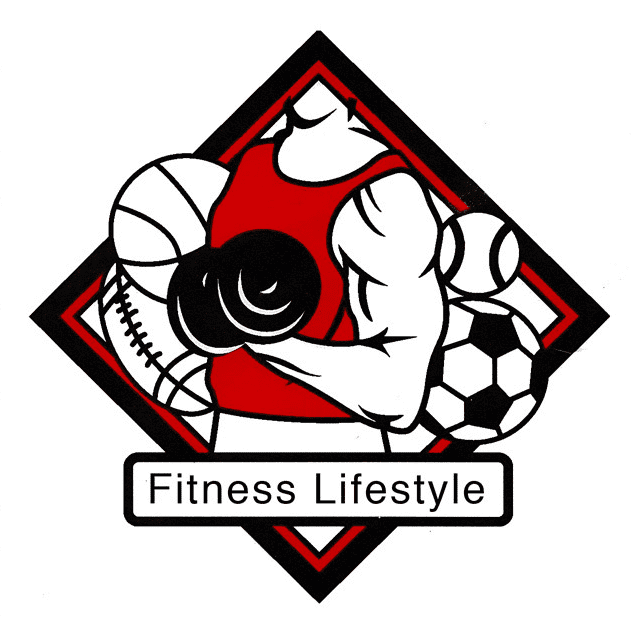

), //www.fitnesslifestylellc.com/wp-content/uploads/2024/10/3076514.jpg))

), https://www.fitnesslifestylellc.com/wp-content/uploads/2024/10/3076514.jpg))


